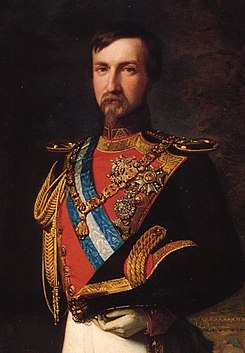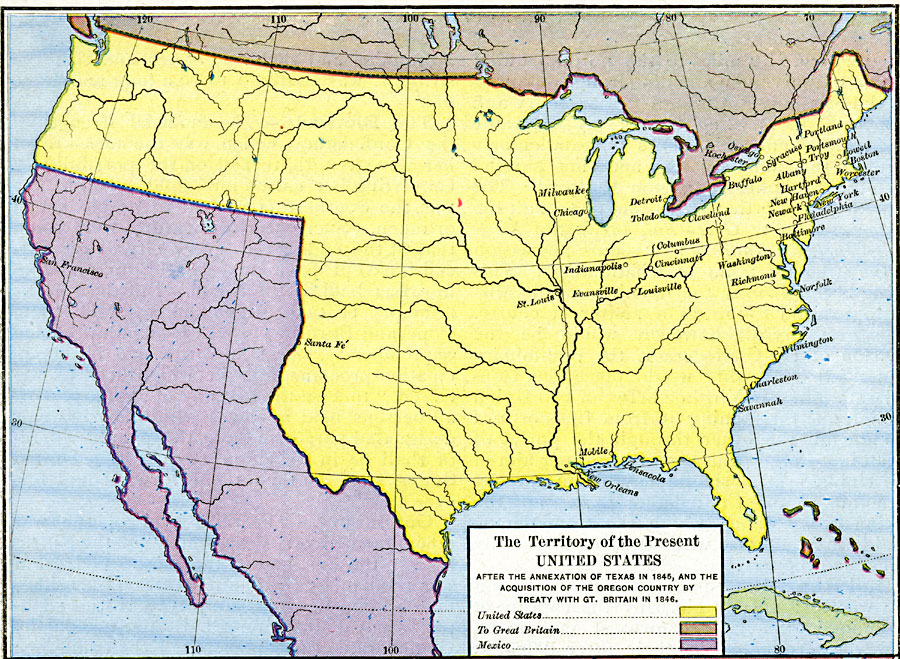Chapter 5: Texas
One of Francisco Cea Bermúdez’ Government’s new measures was to allow American Southerners to settle in Texas, in an attempt to develop New Spain’s economy. Thousands of Americans moved to the arid region of Texas from 1820 to 1836, bringing their slaves with them.
Spain had banned the Slave Trade in 1820, and in 1830, banned slavery, but allowed the American settlers to preserve their slaves. This, however, changed in 1835. The Duke of Cádiz, Regent of Spain, banned American settlers from having slaves. The American settlers were outraged.
By August 1835, the Texan Rebellion starts. On the first weeks, the Texans took the territories near the border the USA. Spanish-American Border. After they had secured a border with the US, the Texans started gaining financial aid from them. The Spanish Army, led by General Agustín de Iturbide, struggled to mobilize within the first months of the Texan Rebellion. This helped the rebels, that were able to quickly seize territory.
The first major battle came on November 14th 1835, when the Texans, led by Stephen Austin sieged the city of San Antonio de Béjar. During the winter, the war went on a stalemate, but by late February 1836, the Spanish recklessly attacked the Alamo, starting the March Offensive. The Battle Alamo was followed by other Spanish Victories, like Refugio & Corpus Christi.
The United States, worried about the Spanish advance, sent reinforcements to Texas. With moral support and fresh troops, the Texans achieved a decisive victory in April 21st 1836, in the Battle of San Jacinto, even killing the Spanish General Agustín de Iturbide. After Iturbide’s death, the Spanish Army was in chaos and retreated back.
Texas was now independent, and claimed the areas east of the Río Grande, though the young Texan nation was not recognized neither by Spain or other major powers, like Britain and France. A talented criollo Spanish officer, Antonio López de Santa Anna, took the deceased Iturbide’s place as General and Commander of the Royal Army of New Spain. Juan de O’Donojú, Viceroy of New Spain, resigned shortly after the Texan victory, and was replaced by Miguel de Tacón y Rosique, Governor of Cuba.
Shortly after achieving their independence, Texas wanted to join the United States. The American Congress rejected Texas’ proposal several times between 1836 & 1844. In December 1845, James K. Polk, President of the United States, accepted Texas’ request to join the Unite States and in June 1846 made an agreement with Great Britain, dividing the Oregon Country, before going to war with Spain.
You see, the next chapter is going to cover the war between Spain & the US.
This is only the beginning, but tell me, are you liking it, or nah?
Last edited:




